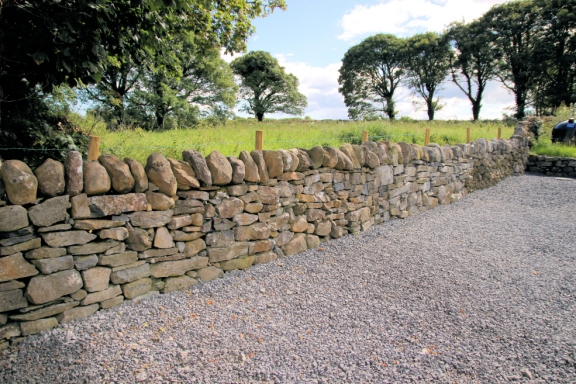On Saturday SHG were back at Cherkley to lay
80 meters along the road by the main entrance. The road was conned off and
lights controlled the traffic flow. A bright sunny morning with higher than
normal temperature for the end of October.
The hedge had an odd mix of species, with very little Hawthorn and a lot of Spindle and Field Maple. Most of the stems were two to three inches in diameter with the few of four or more. There were some large multi-stemmed plants, and some that had been damaged by road-salt and pollution that presented a challenge, and some large gaps that will need planting up.
This is one of the better sections, mostly Spindle with some reasonably sized Field Maple., but note the variation is stem size.
Rather a poor shot of the finished hedge but with nice autumn colours.
This is a Field Maple of some 4 inches in diameter at the base. I have just removed the remains of the spiral guard, hence the markings on the trunk.
What I have done here is to make a straight saw cut about two thirds into the stem a few inches above where the final heal cut will be made. I have then used my axe - in this case a 4lb Elwell topping axe - to make the pleaching cut. The saw cut I made allows the chips to fall away easily, allowing a clean line of sight when using the axe and reducing splitting of the heel.
Having cut in to the required depth for the pleach, I then used the axe to cut downwards and lever over the stem, leaving a nice hinge. The heel was then cut off at an angle to allow water run-off - this may look a bit high from this angle but the bank is very steep and there is only an inch or so of the heal above the soil on the other side.
This technique is often referred to as 'using a safety cut' and can be very helpful when working in confined spaces, especially on 'South of England' style hedges. In circumstances where you can swing a felling axe, experienced hedgers will cut the pleach and the angled heel at the same time using downward and upward cuts. A good example of this can be seen in this YouTube video of Peter cutting a Midland style exhibition hedge in The Netherlands - he only had a 2.5lb axe with him so it was no easy task, and you can appreciate why we now use chainsaws.




















































